- No products in the cart.
Roaccutane capsules. 10 mg 30 pcs
$38.51
Roaccutane capsules. 10 mg 30 pcs
Description
Composition
Active substance:
1 capsule contains: isotretinoin – 10 mg or 20 mg.
Excipients:
Refined soybean oil, yellow beeswax, soybean hydrogenated oil, soybean oil is partially hydrogenated. capsule shell: 85% glycerol, gelatin, Karion 83 (hydrogenated hydrolyzed starch, mannitol, sorbitol), iron oxide red dye (E172), titanium dioxide (E171); Ink for inscribing the capsule: shellac, iron oxide black dye (E172); allowed to use ready-made ink Opacode Black S-1-17823.
Description:
10 mg capsules: Capsules oval, brownish-red, opaque; on the surface of black lettering capsules «ROA 10″ ink; contents of capsules – a homogeneous suspension from yellow to dark yellow. Length: 8.3-10.7 mm. Diameter: 5.3-7.7 mm.
20 mg capsules: Capsules oval, one-half of a brown-red, opaque, the other half white, opaque; on the surface of black lettering capsules «ROA 20″ ink; contents of capsules – a homogeneous suspension from yellow to dark yellow. Length: 12.4-14.2 mm. Diameter: 7.3-9.1 mm.
Product form:
Capsules of 10 mg and 20 mg
10 capsules in blister PVC / PE / PVDC / Al or PVC / PVDC / Al or PVC / Al. 3 or 10 blisters together with instructions for use placed in a cardboard box.
Contraindications
Pregnancy, lactation (see. Section “Pregnancy and breast-feeding”), hepatic failure, hypervitaminosis A, marked hyperlipidemia, concomitant tetracycline therapy.
Hypersensitivity to the drug or its components (including a soy).
Children up to age 12 years.
Carefully
A history of depression, diabetes, obesity, lipid metabolism, alcoholism.
Dosage
10 mg
Indications
Severe acne (nodulocystic, acne conglobata or acne with risk of scarring).
Acne is not amenable to other treatments.
Interaction with other drugs
Because of the possible symptoms of hypervitaminosis A gain avoid simultaneous administration Roakkutan® drug and vitamin A (retinol), as well as other oral retinoids.
Because tetracyclines can also cause increased intracranial pressure, their use in combination with the drug Roakkutan® contraindicated.
Isotretinoin can weaken the effectiveness of progesterone drugs, so do not use contraceptives containing low doses of progesterone.
Combined use with local keratolytic or exfoliative preparations for acne treatment is contraindicated due to the possible increase of local irritation.
Overdose
In the case of overdose can be signs of hypervitaminosis A. In the first few hours after the overdose may need gastric lavage.
pharmachologic effect
Pharmacological group:
A treatment for acne.
Pharmacological properties:
Retinoid for the systemic treatment of acne
Isotretinoin – stereoisomer of all-trans retinoic acid (tretinoin).
The exact mechanism of action of the drug Roakkutan® still not clear, but we have found that the improvement of the clinical picture of severe acne is associated with suppression of sebaceous gland activity and a histologically confirmed decrease in their size. In addition, the proven anti-inflammatory effect of isotretinoin on the skin.
Hyperkeratosis of epithelial cells of hair follicles and sebaceous glands leads to shedding of corneocytes into the prostate gland and duct clogging last keratin and excess sebaceous secretion. This is followed by the formation of comedones and, in some cases, the inflammatory process connection. Roakkutan® inhibits proliferation of sebocytes and acts on acne, restoring the normal process of cell differentiation. Sebum – the main substrate for the growth of Propionibacterium acnes, so the reduction in the formation of sebum inhibits bacterial colonization of the duct.
Pharmacokinetics:
Since the kinetics of isotretinoin and its metabolites is linear, its concentration in the plasma during therapy can be predicted on the basis of the data obtained after a single administration. This feature of the drug is also said that it does not affect the activity of liver enzymes involved in the metabolism of drugs.
Suction
Absorption of isotretinoin from the gastro-intestinal tract ranges. The absolute bioavailability of isotretinoin has not been determined because the drug release form for intravenous use in humans there. However, the extrapolation of the data obtained in experiments on dogs, suggests a fairly low and variable systemic bioavailability. In patients with acne maximum plasma concentration (Cmax) in an equilibrium state after receiving 80 mg of isotretinoin were fasted 310 ng / ml (range 188-473 ng / ml) were achieved after 2-4 hours. Concentrations of isotretinoin in the plasma is about 1.7 times higher than the concentrations in the blood due to poor penetration of isotretinoin into red blood cells.
Isotretinoin with food increases the bioavailability of 2 times in comparison with reception of fasting.
Distribution
Isotretinoin a large extent (99.9%) bound to plasma proteins, mainly to albumin, so that a wide range of therapeutic concentrations content of free (pharmacologically active) fraction of the drug is less than 0.1% of its total amount.
The volume of distribution of isotretinoin in man is not determined as a dosage form for intravenous administration does not exist.
The equilibrium concentrations of isotretinoin in the blood (Cmin ss) in patients with severe acne who took 40 mg preparation 2 times a day, ranged from 120 to 200 ng / ml.
The concentration of 4-oxo-isotretinoin in these patients is 2.5 times higher than that of isotretinoin. Data on the penetration of isotretinoin into tissue in humans is not enough. Concentrations of isotretinoin in the epidermis is two times lower than in the serum.
Metabolism
After ingestion plasma detected three main metabolite 4-oxo-isotretinoin, tretinoin (all-trans retinoic acid) and 4-oxo-retinoin. The main metabolite is 4-oxo-isotretinoin, plasma concentration at steady state is 2.5 times higher than the concentration of the parent drug. Found less significant metabolites including glucuronides as, but not all the installed structure metabolites.
The metabolites of isotretinoin have biological activity confirmed in several laboratory tests. Thus, the clinical effects of the drug in patients can result from the pharmacological activity of isotretinoin and its metabolites.
Since in vivo isotretinoin and tretinoin (all-trans-retinoic acid) reversibly transformed into each other, metabolism associated with the metabolism of tretinoin isotretinoin. 20-30% of the dose metabolized by isomerization of isotretinoin.
The pharmacokinetics of isotretinoin in man an essential role can play enterohepatic circulation.
in vitro metabolism studies have shown that the conversion of isotretinoin 4-oxo-isotretinoin, and tretinoin system involves several cytochrome P450 (CYP). Apparently, none of the isoforms in this case does not play a dominant role. Roakkutan®, and its metabolites do not significantly affect the activity of CYP enzyme system.
breeding
After oral administration of radiolabelled isotretinoin in the urine and feces revealed approximately the same amount. Terminal phase half-life for unchanged drug in patients with acne averages 19 hours. Terminal phase half-life of 4-oxo-isotretinoin, apparently, more and is equal to an average of 29 hours.
Isotretinoin relates to natural (physiological) retinoids. Endogenous concentrations of retinoids are restored in about 2 weeks after receiving Roakkutan® preparation.
Pharmacokinetics in special clinical situations
Since isotretinoin is contraindicated in hepatic dysfunction, the data on the pharmacokinetics of the drug in this group of patients is limited.
Renal insufficiency does not affect the pharmacokinetics of isotretinoin.
Pregnancy and breast-feeding
Pregnancy – absolute contraindication to therapy with Roakkutan®. If pregnancy occurs despite the warnings, during treatment or within one month after completion of therapy, there is a great risk of having a child with severe developmental disabilities.
Isotretinoin – a drug with strong teratogenic. If pregnancy occurs during this period, when a woman takes oral isotretinoin (at any dose, even for a short time), there is a great risk of having a child with developmental disabilities.
Roakkutan® is contraindicated in women of childbearing potential unless the woman’s condition does not satisfy all of the following criteria: it must have a severe form of acne that is resistant to conventional therapies; it must accurately understand and follow the instructions of the physician; it must be informed the doctor about the dangers of becoming pregnant during treatment with Roakkutan® within one month after he and urgent consultations for suspected pregnancy; it should be warned about the possible failure of contraception; it must confirm that understands the precautions; it should be understood and need to continuously use an effective contraceptive method for one month before treatment with Roakkutan®, during treatment and for one month after its closure (see “Interaction with other drugs.”); desirable to simultaneously use two different methods of contraception, including barrier; it must have a negative result is reliable pregnancy test within 11 days prior to taking the drug; pregnancy test is highly recommended monthly during treatment and 5 weeks after the end of therapy; it must begin drug treatment Roakkutan® only 2-3 days following the normal menstrual cycle; it must understand the need for a mandatory visit to the doctor every month; the treatment of recurrent disease it must always use the same effective methods of contraception for one month before starting treatment with Roakkutan®, during treatment and for one month after its completion, as well as go through the same reliable pregnancy test; it must fully understand the need for precautions and confirm their understanding and desire to use reliable methods of contraception, she explained the doctor.
The use of contraceptives on these guidelines during treatment with isotretinoin should be encouraged even those women who do not normally use contraceptive methods because of infertility (except for patients who have undergone a hysterectomy), amenorrhea, or who report that are not sexually active.
The physician should be sure that: the patient has a severe form of acne (nodular, cystic, conglobata acne or acne with risk of scarring); Acne is not amenable to other treatments; a negative result is reliable pregnancy test prior to administration of the drug during therapy, and 5 weeks after the end of therapy; dates and results of pregnancy tests should be documented; The patient uses at least 1, preferably 2 effective contraceptive method, a barrier method including, during one month prior to drug treatment Roakkutan®, during treatment and for one month after its closure; The patient is able to understand and comply with all of the above requirements for the prevention of pregnancy; patient meets all the above conditions.
Pregnancy test
In accordance with current practice, a pregnancy test with minimum sensitivity mME 25 / ml should be carried out in the first 3 days of the menstrual cycle:
Prior to starting therapy:
To exclude the possibility of pregnancy prior to the use of contraceptives and the result of the date of initial pregnancy test should be registered doctor. Patients with irregular menstrual periods while holding pregnancy test depends on the sexual activity, it should be carried out 3 weeks after unprotected intercourse. The physician should inform the patient about contraception.
A pregnancy test is carried out on the day of the appointment of the drug Roakkutan® or 3 days prior to the patient visit. Specialist should record the test results. The drug can be assigned only to patients who receive effective contraception for at least 1 month before the start of therapy with Roakkutan®.
During therapy:
The patient should visit the doctor every 28 days. The need for a monthly pregnancy testing is determined according to local practice and taking into account the sexual activity prior to the menstrual cycle. Where indicated, a pregnancy test is conducted on the day of the visit or three days before the visit to the doctor, the test results should be registered.
Ending therapy:
5 weeks after the end of therapy, a test to exclude pregnancy.
Roakkutan® prescription for woman, fertility, can only be issued on the 30 days of treatment, the continuation of treatment requires a new prescription of a doctor medication. It is recommended to test for pregnancy, prescribing and obtaining medication to spend in one day.
Issuing drug Roakkutan® the pharmacy should be carried out only within 7 days from the date of the prescription.
To help physicians, pharmacists and patients to avoid the risk of exposure to the drug on the fetus Roakkutan®, manufacturer created a “protection program of pregnancy”, aimed at the prevention of drug teratogenicity and underline absolutely mandatory use of reliable measures of contraception women of childbearing age. The program contains the following materials: for doctors: for the doctor guide to prescribing Roakkutan® women informed consent form to the patient registration appointment of the drug to women for the patient: an information leaflet for the patient is to know about contraception to pharmacists: A Guide to the pharmacist for the drug release Roakkutan® .
For complete information about the teratogenic risk and the strict adherence to measures to prevent pregnancy should be given to both men and women.
male patients
Existing evidence suggests that women drug exposure, delivered from the semen and the semen of men taking Roakkutan®, is not sufficient for the emergence of teratogenic effects Roakkutan® drug.
Men should exclude the possibility of the drug by other persons, especially women.
If, despite the precautions taken during treatment with Roakkutan® or within one month after the end of pregnancy yet occurred, there is a high risk of very severe fetal malformation (particularly on the part of the central nervous system, heart and major blood vessels) . In addition, it increases the risk of miscarriage.
In the event of pregnancy, therapy with Roakkutan® stop. It should discuss the advisability of maintaining it with a doctor who specializes in Teratology.
Documented severe congenital malformations of the fetus in humans related to the appointment of the drug Roakkutan®, including hydrocephalus, microcephaly, cerebellar malformations, abnormalities of the outer ear (microtia, narrowing or absence of the outer ear canal), microphthalmia, cardiovascular anomalies (tetralogy Fallot, transposition of the great vessels, partitions defects), malformations of the face (cleft palate), thymus, parathyroid pathology.
As isotretinoin is highly lipophilic, it is very likely that it passes into breast milk. Because of the possible side effects Roakkutan® should not be prescribed to nursing mothers.
Conditions of supply of pharmacies
On prescription.
side effects
Most side effects Roakkutan® drug are dose dependent. As a rule, the appointment of the recommended dose and the risk-benefit ratio, taking into account the severity of the disease, it is acceptable to the patient. Usually, side effects are reversible after dose adjustment or discontinuation of the drug, but some may persist after treatment has stopped.
Symptoms associated with hypervitaminosis A: dry skin, mucous membranes, including lips (cheilitis), nasal cavity (bleeding), laryngopharynx (hoarseness), eye (conjunctivitis, corneal clouding and reversible intolerance of contact lenses).
Skin and appendages: rash, pruritus, facial erythema / dermatitis, sweating, pyogenic granuloma, paronychia, onychodystrophy, increased proliferation of granulation tissue, persistent hair thinning, reversible hair loss, fulminant form of acne, hirsutism, hyperpigmentation, photosensitivity, photoallergy, easy traumatized skin, peeling of the skin of the palms and soles. Early treatment can occur exacerbation of acne that persists for several weeks.
Musculoskeletal System: muscle pain with increased activity of creatine phosphokinase (CPK) in serum or without joint pain, hyperostosis, arthritis, calcification of ligaments and tendons, reduction in bone density, premature closure of the epiphyseal growth zones, other bone changes tendinitis .
Central nervous system and psychic sphere: conduct disorder, depression, suicide attempts, suicide, psychosis, excessive fatigue, headache, increased intracranial pressure ( “brain pseudotumor”: headache, nausea, vomiting, blurred vision, edema of the optic nerve), convulsions.
Special Senses: impaired visual acuity, photophobia, impaired dark adaptation (alleviation of twilight vision), impaired color perception (extending after drug withdrawal), lenticular cataract, keratitis, blepharitis, conjunctivitis, eye irritation, xerophthalmia, hearing loss at certain frequencies.
Gastrointestinal: nausea, diarrhea, inflammatory bowel disease (colitis, ileitis), bleeding, dryness of the oral mucosa, bleeding gums, gingivitis; pancreatitis (especially with concomitant hypertriglyceridemia higher than 800 mg / dl), including fatal. Transient and reversible increases in liver transaminases, hepatitis. In many cases, these changes do not go beyond the limit of normal and returned to baseline performance during the treatment, but in some cases there was a need to reduce the dose or cancel Roakkutan®.
Respiratory: bronchospasm (more frequently in patients with bronchial asthma in history).
blood system: anemia, reduced hematocrit, leukopenia, neutropenia, an increase or decrease in the number of platelets, increased erythrocyte sedimentation rate (ESR).
Laboratory parameters: hypertriglyceridemia, hypercholesterolemia, hyperuricemia, decrease in the concentration of high density lipoprotein, hyperglycemia. During the reception Roakkutan® drug have been reported cases of new-onset diabetes. In some patients, particularly those engaged in strenuous described isolated cases increase in serum CK activity.
Immune system: local and systemic infections caused by Gram-positive pathogens (Staphylococcus aureus).
Others: Lymphadenopathy, hematuria, proteinuria, vasculitis (Wegener’s granulomatosis, hypersensitivity vasculitis), systemic hypersensitivity reactions, glomerulonephritis, back pain.
post-marketing surveillance
During post-marketing surveillance during use of the drug Roakkutan® described cases of severe skin reactions such as erythema multiforme, Stevens-Johnson syndrome, toxic epidermal necrolysis (see. Also “Special instructions”).
При применении препарата Роаккутан®, особенно у пациентов, совершавших интенсивные физические нагрузки, сообщалось о серьезных случаях рабдомиолиза, часто приводивших к госпитализации и в некоторых случаях – к фатальному исходу.
special instructions
Роаккутан® должны назначать только врачи, предпочтительно дерматологи, имеющие опыт применения системных ретиноидов и знающие о риске тератогенности препарата. Пациентам как женского, так и мужского пола необходимо выдавать копию брошюры с информацией для пациента.
Во избежание случайного воздействия препарата на организм других людей, у больных, которые получают или незадолго до этого (1 месяц) получали Роаккутан®, нельзя брать донорскую кровь.
It is recommended to control the function of the liver and liver enzymes prior to treatment, within 1 month after the start and then every 3 months or indicated. Observed a transient and reversible increase in liver transaminases, in most cases within the normal range. Если активность печеночных трансаминаз превышает норму, необходимо уменьшить дозу препарата или отменить его.
Следует определять также концентрацию липидов в сыворотке натощак до лечения, через 1 месяц после начала, а затем каждые 3 месяца или по показаниям. Typically, a lipid concentration normalized after decreasing the dose or discontinuation of the drug, but also with diet. Необходимо контролировать клинически значимое повышение концентрации триглицеридов, поскольку их подъем свыше 800 мг/дл или 9 ммоль/л может сопровождаться развитием острого панкреатита, возможно с летальным исходом. При стойкой гипертриглицеридемии или симптомах панкреатита Роаккутан® следует отменить.
В редких случаях у больных, получавших Роаккутан®, описаны депрессия, психотическая симптоматика и очень редко – суицидальные попытки и суицид. Although their causal relationship to the use of the drug has not been established, you must take special care in patients with a history of depression and observe all patients for the occurrence of depression in the course of drug treatment, referring them to a specialist if necessary. Однако отмена препарата Роаккутан® может не приводить к исчезновению симптомов и может потребоваться дальнейшее наблюдение и лечение у специалиста.
In rare cases, therapy is celebrated at the beginning of the exacerbation of acne, which takes place within 7-10 days without a correction dose.
Через несколько лет после применения препарата Роаккутан® для лечения дискератозов при общей курсовой дозе и продолжительности терапии, выше рекомендованных для терапии акне, развивались костные изменения, в том числе преждевременное закрытие эпифизарных зон роста, гиперостоз, кальцификация связок и сухожилий. Therefore, when administering the drug to any patient should first thoroughly evaluate the ratio of the potential benefits and risks.
Пациентам, получающим Роаккутан®, рекомендуется использовать увлажняющие мазь или крем для тела, бальзам для губ для уменьшения сухости кожи и слизистых в начале терапии.
В ходе постмаркетингового наблюдения при применении препарата Роаккутан® описаны случаи развития тяжелых кожных реакций, таких как мультиформная эритема, синдром Стивенса-Джонсона, токсический эпидермальный некролиз. Данные явления могут носить серьезный характер и привести к потерe трудоспособности, угрожающим жизни состояниям, госпитализации или фатальному исходу. Пациенты, получающие Роаккутан®, нуждаются в тщательном наблюдении с целью выявления тяжелых кожных реакций и при необходимости решения вопроса об отмене препарата.
На фоне приема препарата Роаккутан® возможны боли в мышцах и суставах, увеличение активности КФК сыворотки крови, которые могут сопровождаться снижением переносимости интенсивной физической нагрузки.
Следует избегать проведения глубокой химической дермоабразии и лечения лазером у больных, получающих Роаккутан®, а также в течение 5-6 месяцев после окончания лечения из-за возможности усиленного рубцевания в атипичных местах и (реже) возникновения гипер- и гипопигментации. В ходе лечения препаратом Роаккутан® и в течение 6 месяцев после него нельзя проводить эпиляцию с помощью аппликаций воска из-за риска отслойки эпидермиса, развития рубцов и дерматита.
Поскольку у некоторых больных может наблюдаться снижение остроты сумеречного зрения, которое иногда сохраняется и после окончания терапии, больных следует информировать о возможности этого состояния, рекомендуя им соблюдать осторожность при вождении автомобиля в ночное время. Status of visual acuity should be carefully monitored.
Сухость конъюнктивы глаз, помутнения роговицы, ухудшение сумеречного зрения и кератит обычно проходят после отмены препарата. When the mucous membrane of dry eye can be used application moisturizing eye ointment or preparation of artificial tears. Should be monitored in patients with dryness of the conjunctiva for the possible development of keratitis. Больных, предъявляющих жалобы на зрение, следует направлять к офтальмологу и рассмотреть вопрос о целесообразности отмены препарата Роаккутан®. Intolerance to contact lenses at the time of therapy should be used glasses.
Следует ограничивать воздействие солнечных и ультрафиолетовых лучей. При необходимости следует использовать солнцезащитный крем с высоким значением защитного фактора не менее 15 SPF (sun protection factor).
Described rare cases of benign intracranial hypertension ( “brain pseudotumor”) including при сочетанном применении с тетрациклинами. У таких пациентов следует немедленно отменить Роаккутан®.
При терапии препаратом Роаккутан® возможно возникновение воспалительного заболевания кишечника. У больных с выраженной геморрагической диареей необходимо немедленно отменить Роаккутан®.
Described rare cases of anaphylactic reactions that occurred only after prior external application of retinoids. Severe allergic reactions necessitate discontinuation of therapy and careful monitoring of the patient.
Больным из группы высокого риска (с сахарным диабетом, ожирением, хроническим алкоголизмом или нарушениями жирового обмена) при лечении препаратом Роаккутан® может потребоваться более частый лабораторный контроль концентрации глюкозы и липидов.
In the presence of diabetes or suspected, it is recommended more frequent blood glucose determination.
Попадание лекарственных препаратов в окружающую среду должно быть сведено к минимуму. Не допускается утилизация препарата Роаккутан® с помощью сточных вод или вместе с бытовыми отходами. По возможности необходимо использовать специальные системы для утилизации лекарственных препаратов.
Влияние на способность к вождению транспортных средств и работу с машинами и механизмами
В период лечения необходимо соблюдать крайнюю осторожность при управлении транспортными средствами и занятии другими потенциально опасными видами деятельности, требующими повышенной концентрации внимания и быстроты психомоторных реакций.
Поскольку у некоторых больных может наблюдаться снижение остроты сумеречного зрения, которое иногда сохраняется и после окончания терапии, больных следует информировать о возможности этого состояния, рекомендуя им соблюдать осторожность при вождении автомобиля и работе с машинами и механизмами в ночное время.
Storage conditions
Хранить при температуре не выше 25 C в защищенном от света и влаги месте.
Keep out of the reach of children.
Dosing and Administration
Стандартный режим дозирования
Внутрь, во время еды один или два раза в день.
Терапевтическая эффективность препарата Роаккутан® и его побочные действия зависят от дозы и варьируют у разных больных. This necessitates individual adjustment of the dosage during the treatment.
Лечение препаратом Роаккутан® следует начинать с дозы 0.5 мг/кг в сутки. In most patients, the dose ranges from 0.5 to 1.0 mg / kg of body weight per day. Patients with very severe disease or torso with acne may require higher daily doses – up to 2.0 mg / kg. Доказано, что частота ремиссии и профилактика рецидивов оптимальны при использовании курсовой дозы 120 -150 мг/кг (на курс лечения), поэтому продолжительность терапии у конкретных больных меняется в зависимости от суточной дозы. Complete remission of acne is often possible to achieve at 16-24 weeks of treatment. Patients undergoing very bad the recommended dose, treatment may be continued at a lower dose, but to hold it longer.
Most patients with acne disappear completely after a single course of treatment. При явном рецидиве показан повторный курс лечения препаратом Роаккутан® в той же суточной и курсовой дозе, как и первый. As improvement may continue for up to 8 weeks after discontinuation of therapy, a second course should be administered no earlier than the end of this period.
Дозирование в особых случаях
У больных с тяжелой почечной недостаточностью лечение следует начинать с меньшей дозы (например, 10 мг/сутки) и далее увеличивать до 1 мг/кг/сутки или максимально переносимой (но не более максимальной суточной дозы 1 мг/кг). Суточную дозу следует округлять в меньшую сторону до ближайшего меньшего количества целых капсул.
Information
Appearance may differ from that depicted in the picture. There are contraindications. You need to read the manual or consult with a specialist
Additional information
| Weight | 0.100 kg |
|---|---|
| Manufacturer | KATALENT |

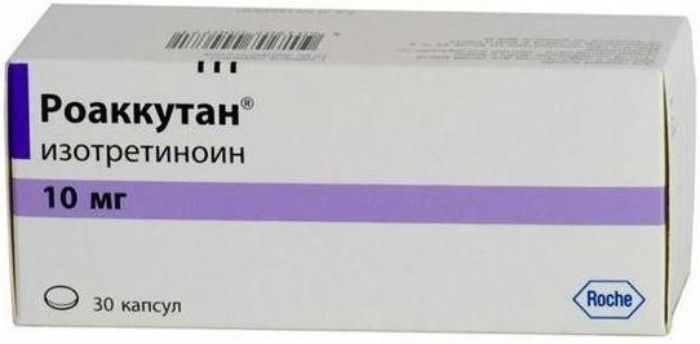



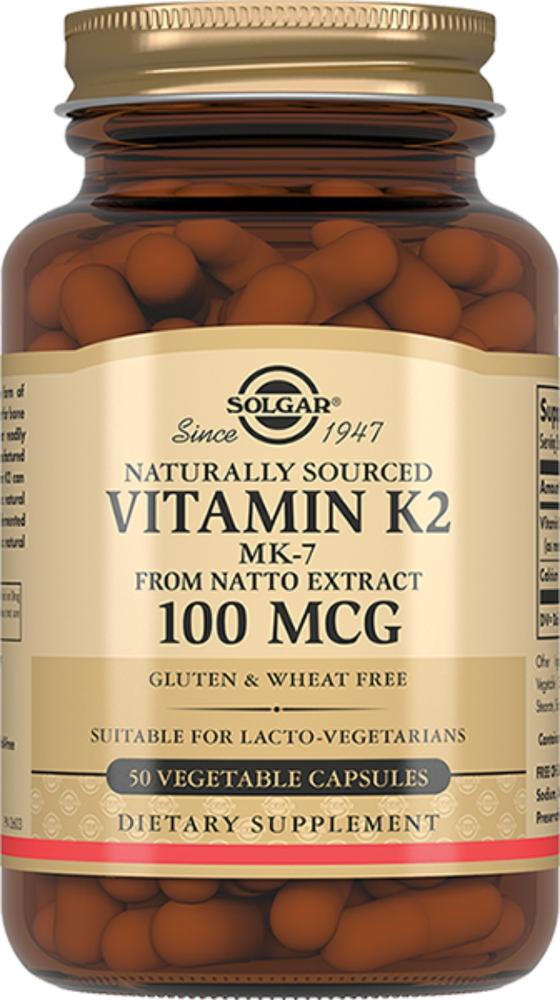
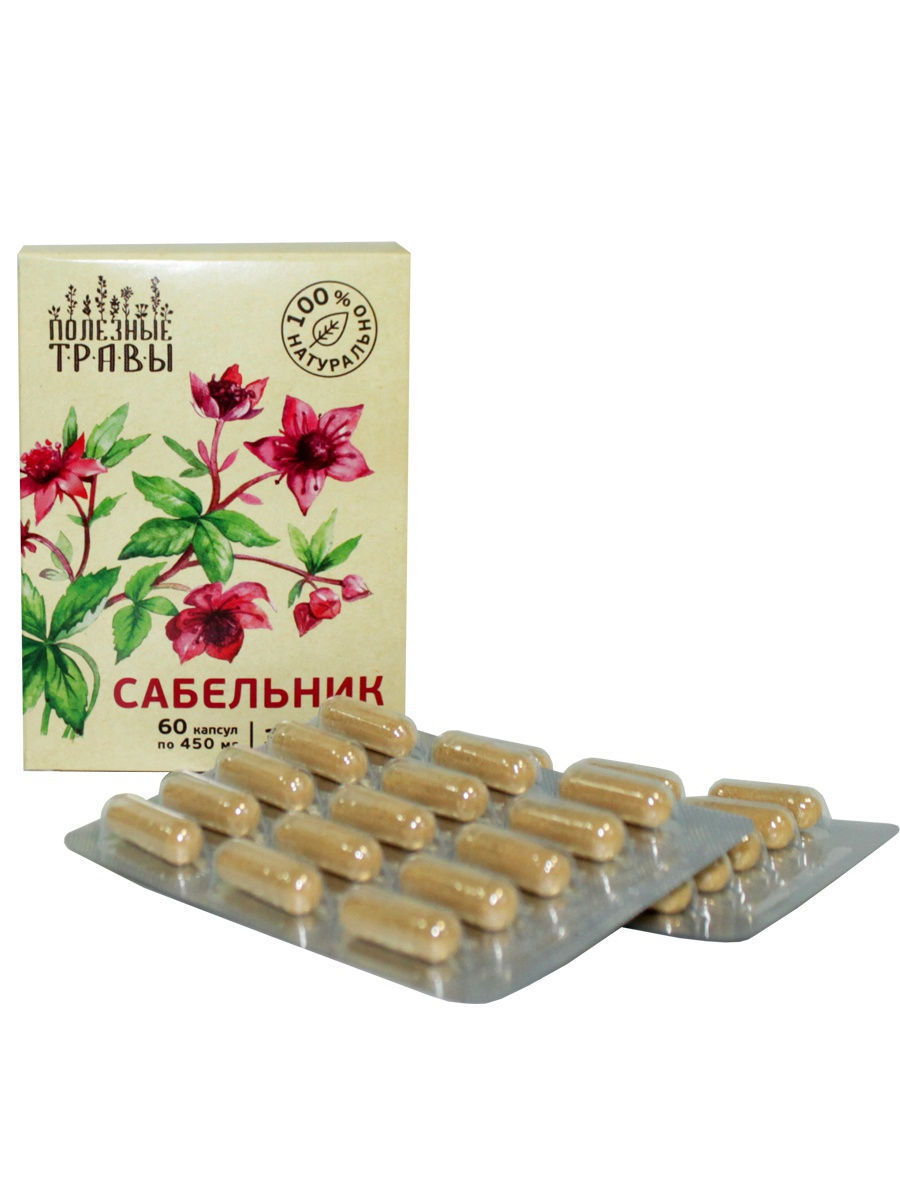
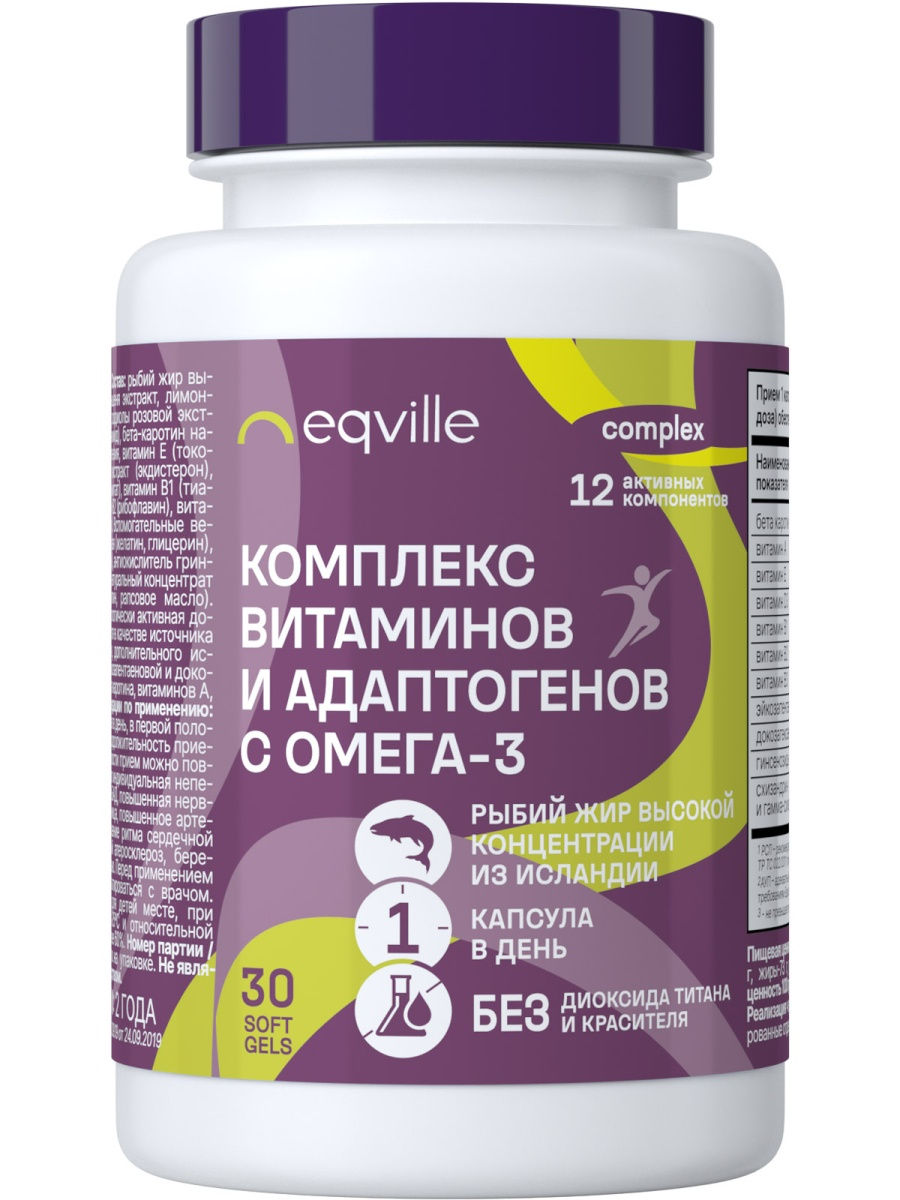
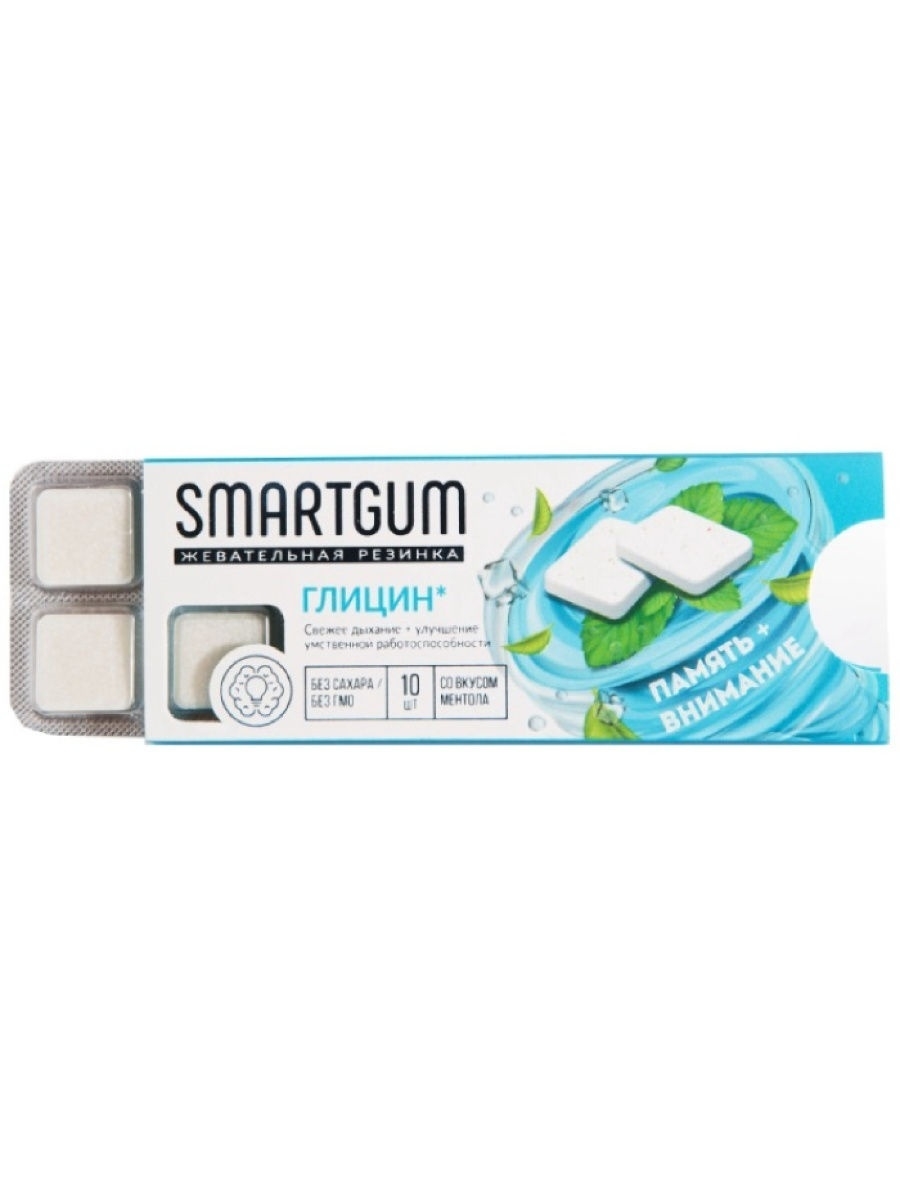
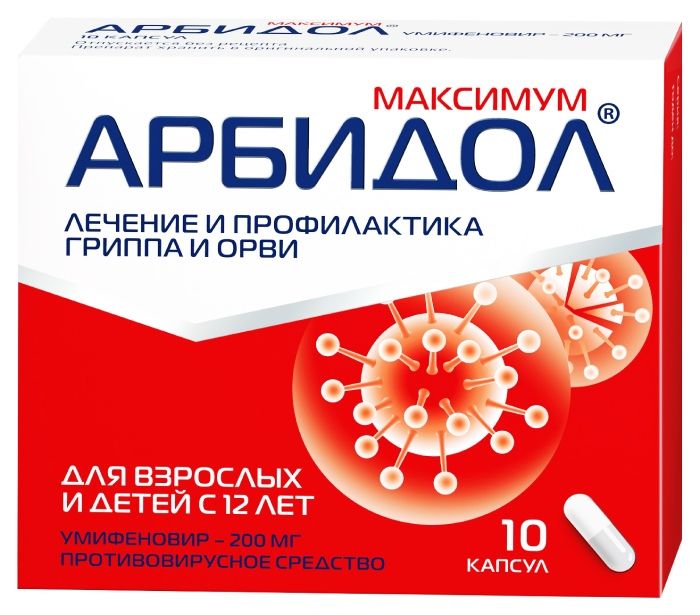




There are no reviews yet.